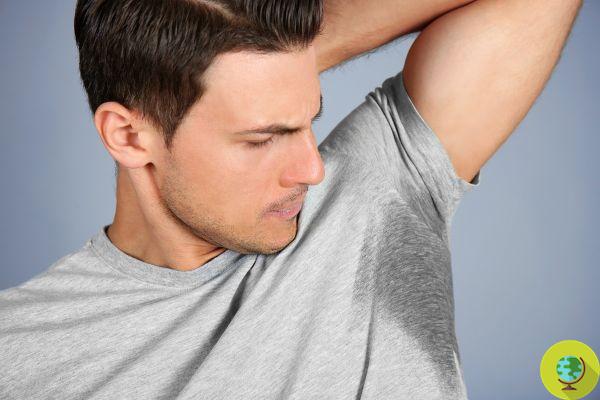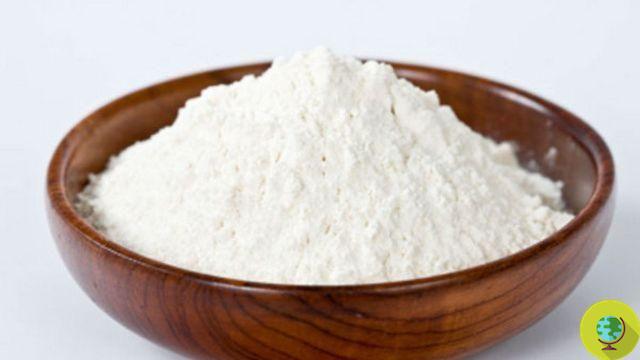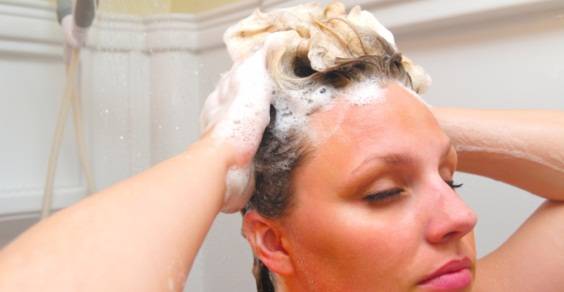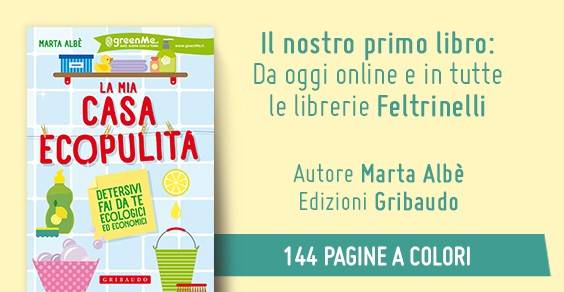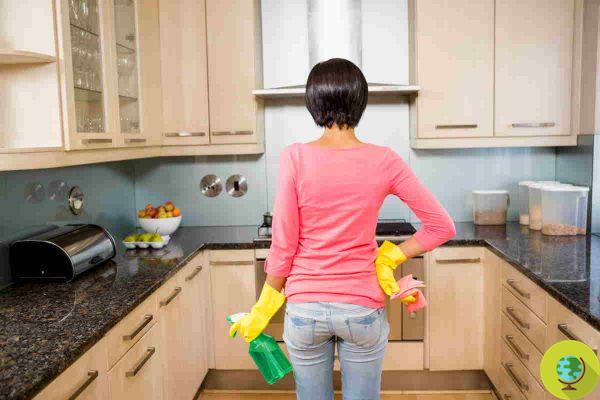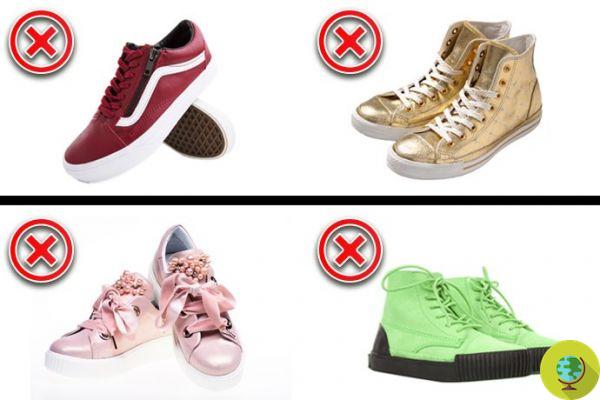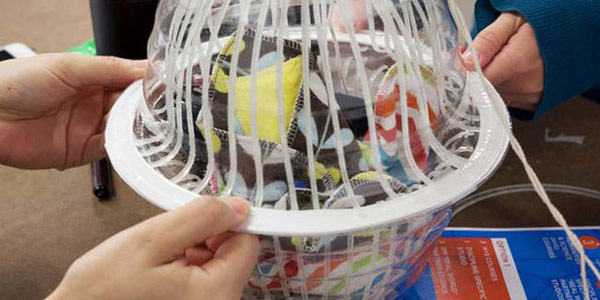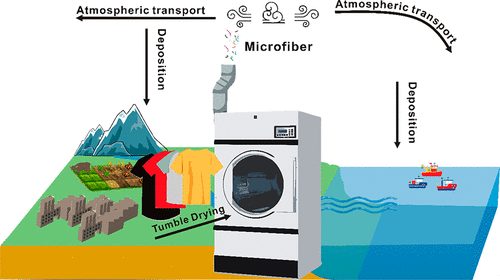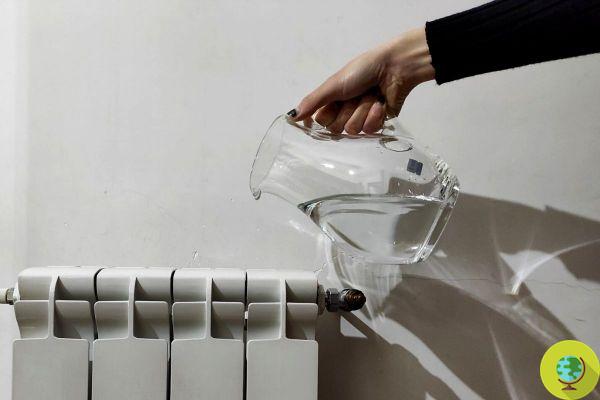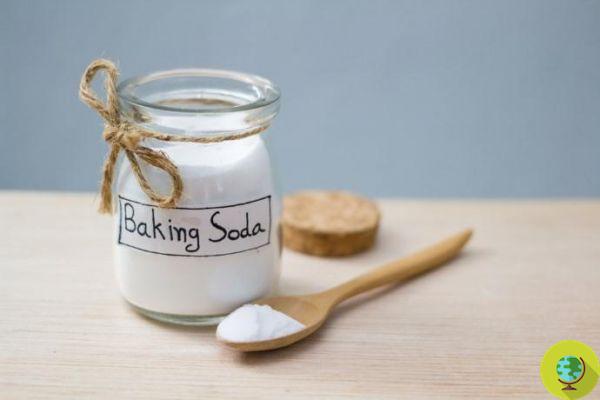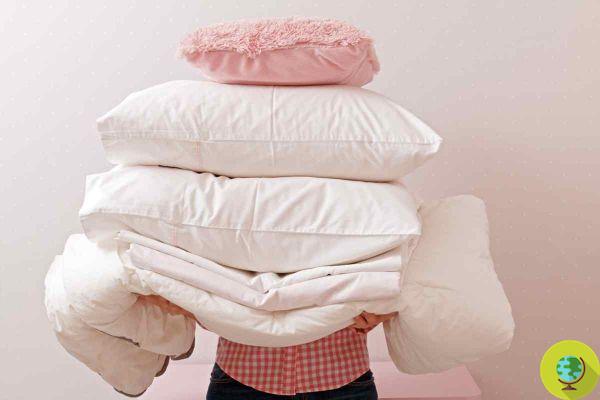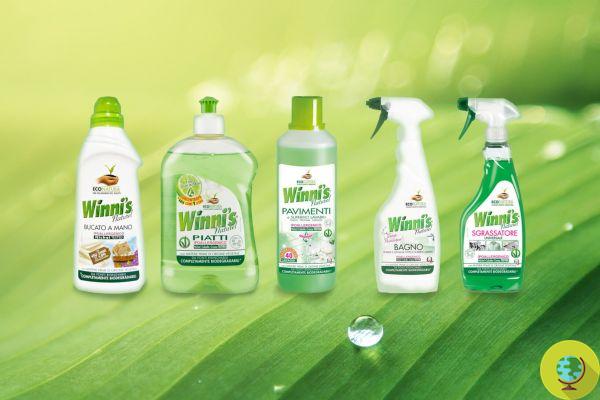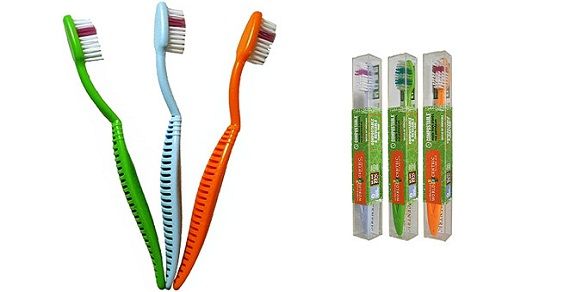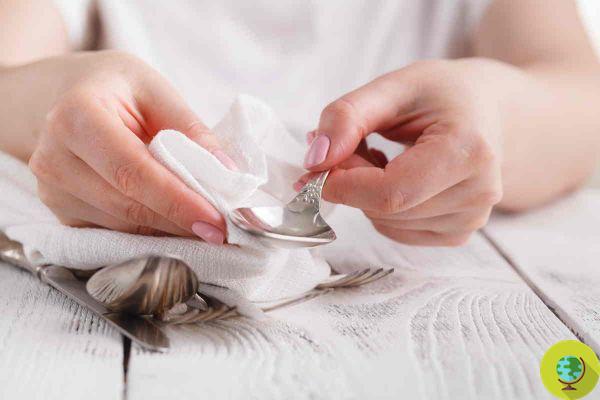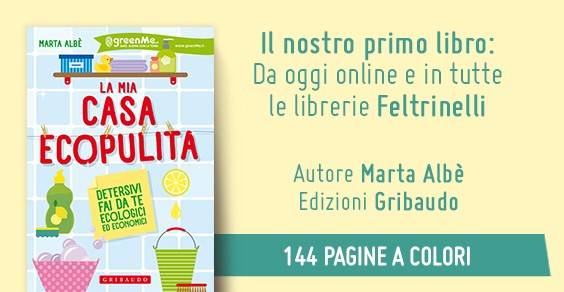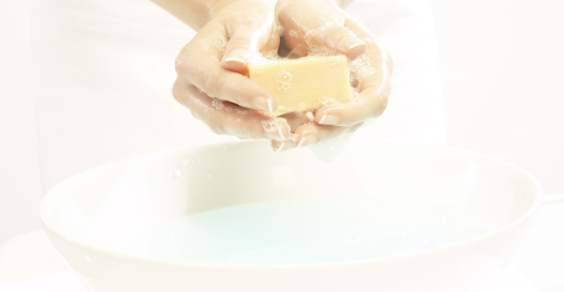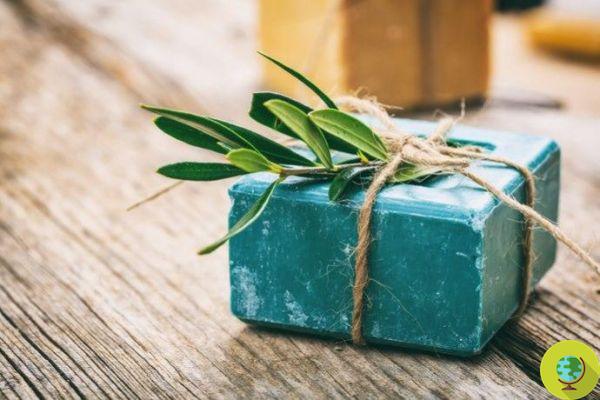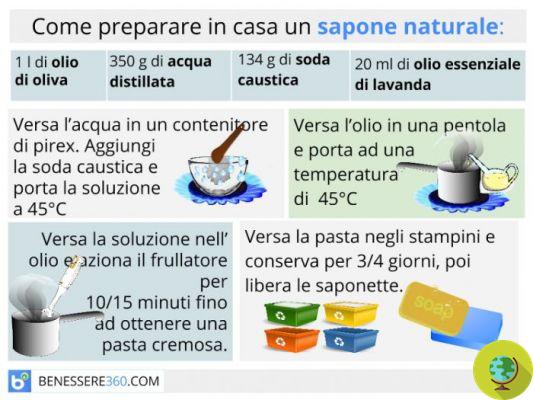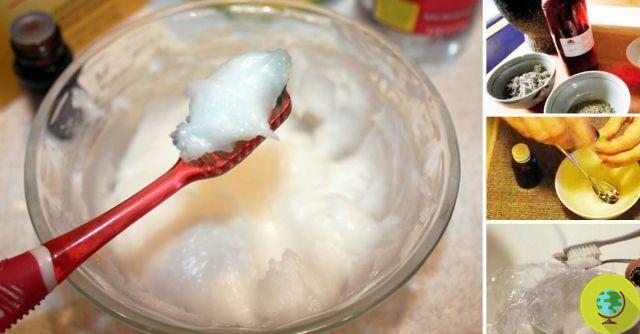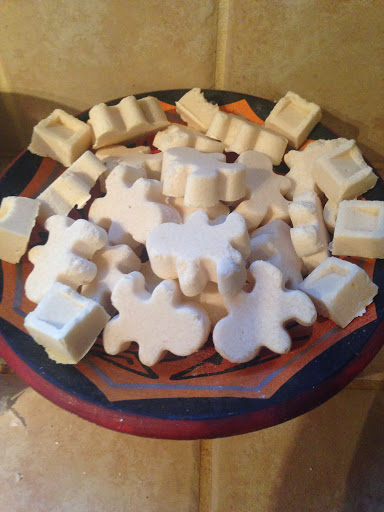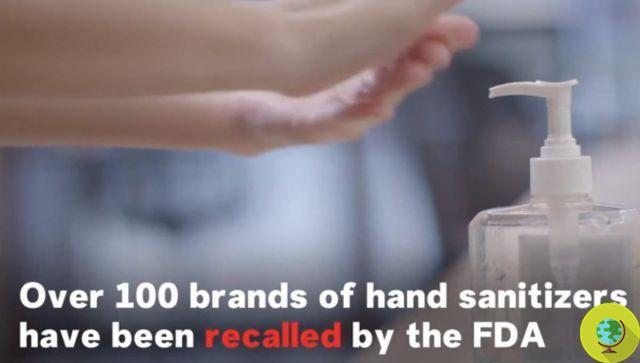Among the supermarket shelves we can find a large amount of chemical detergents, each specific for a single portion of our home. But perhaps it is not always necessary to buy detergents in large quantities, especially if you learn to replace them with vinegar, lemon, salt and bicarbonate, combined with the intelligent use of high and low temperatures. Have you ever thought about how useful boiling or very cold water, steam and ice can be in household cleaning?
He is about to end up run over, his mother saves him
Among the supermarket shelves we can find a large amount of chemical detergents, each specific for a single portion of our house. But perhaps it is not always necessary to buy detergents in large quantities, especially if you learn how to replace them with vinegar, lemon, sale e bicarbonate, combined with an intelligent use of high and low temperatures. Have you ever thought about how useful they can be boiling or very cold water, steam e ice in domestic cleaning?
Here are some green tips, with a focus on both the environment and the wallet.
1. Cleaning the microwave
To facilitate cleaning the inside of the microwave, it is advisable to place a container in which you have poured someboiling water and four tablespoons of lemon juice. Let the steam escape inside the microwave for at least five minutes. Once the container has been removed from the microwave, very carefully, act on the critical areas, which usually require the use of a degreaser and an abrasive sponge, rubbing with a microfibre cloth.
2. Cleaning the pans
To facilitate the removal of grease and encrustations from the bottom of the pans, it is useful to pourboiling water and let it act as much as possible in order to detach the encrustations. To complete the cleaning you can rub the pan with a solution of water and vinegar or with a pasta composed of water and bicarbonate.
3. Clogged drains
In case of blocked drains and to prevent blockages, simply pour boiling water directly into them. If you need an even stronger remedy, precede theboiling water from a powder compound obtained by mixing a part of cream of tartar with four parts of sodium bicarbonate and four parts of sale. Then rinse everything by letting somecold water.
4. Electric kettles
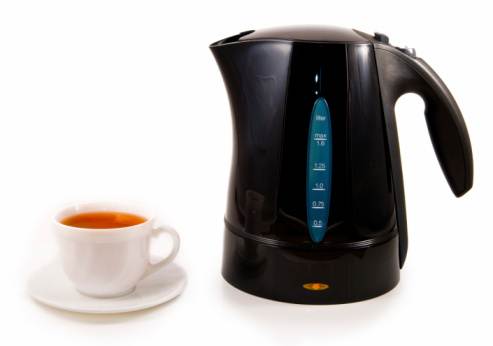
To delete the limescale deposits from your electric kettle, pour into it water and vinegar in equal parts, before operating it. Let it sit overnight. In the morning, just rinse everything and help you clean with a damp cloth. The kettle will look like new.
5. Sterilize the sponges
Some researchers of theUniversity of Florida they found that storing the sponges inside the Microwave turned on for two minutes can eliminate almost all of the viruses and bacteria present on them. Wet the sponges a lot before placing them in the microwave and make sure they do not contain metal parts.
6. Deodorize and perfume the rooms
To eliminate bad smells and give a pleasant scent to the rooms of your home, just do to boil a cup of pot-pourri do-it-yourself, composed of citrus peel and fragrant spices, such as cinnamon e nails of carnation. It is a method that can replace the classic air fresheners, which often contain allergens and petroleum derivatives.
7. Silverware
For an optimal cleaning of the silverware, place your objects in a pot and pour some water to cover them completely. Add a teaspoon of sale and one of bicarbonate and leave boil for three minutes.
8. Chewing-gum
To remove traces of chewing gum from tissues, apply to the affected area of the ice cubes, or put the garment directly in freezer, after wrapping it in a bag. It will be really easy to remove the chewing gum, once frozen, with the help of a knife.
9. Fruit stains
To pre-treat fresh fruit stains on cotton fabrics, soak them in for a long time very cold water. Then rub each stain with a cloth soaked in lemon juice.
10. Padded duvets and ski suits
It is very common to take waterproof and padded winter clothes to the dry cleaners for dry cleaning. The solvents used in dry cleaning, however, risk altering the impermeability of the fabrics. The solution is therefore to wash the clothes in cold water, in the washing machine at home or, if yours is not big enough, in a coin-operated washing machine. The basket should only be loaded halfway, to allow for deep and effective washing and rinsing.
Marta Albè
Read all our articles on ecological cleaning
Read our guide to ecological cleaning
Read our guide on do-it-yourself detergents




